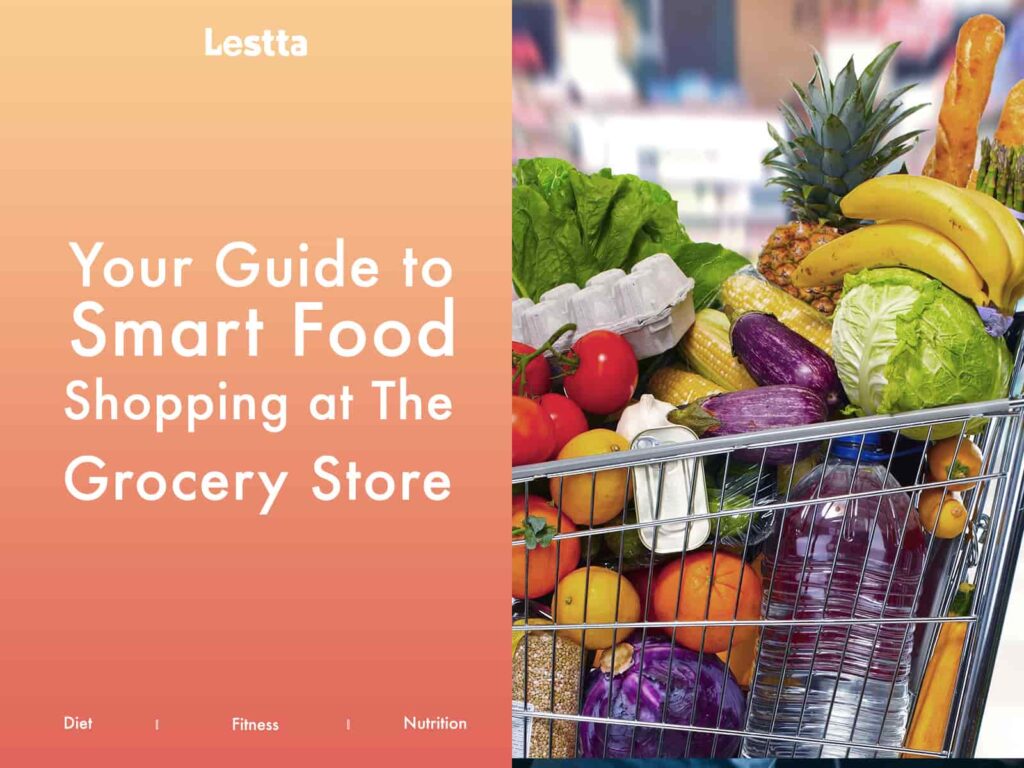
Smart food shopping is a fundamental step towards maintaining a healthy and balanced diet. Navigating the aisles of a grocery store can be overwhelming, but with a few strategies in mind, you can make informed choices that support your wellness goals.
This article will provide you with essential tips and insights to help you shop smartly and optimize your grocery shopping experience.
1. Make a Plan and Stick to It
Before heading to the grocery store, take some time to create a detailed shopping list. Consider your meal plans for the week, including breakfast, lunch, dinner, and snacks.
By having a plan in place, you’ll be less likely to make impulse purchases and more likely to choose nutritious options.
2. Shop the Perimeter
The perimeter of the grocery store is usually where you’ll find fresh produce, lean proteins, dairy products, and whole grains. These sections tend to offer healthier options compared to the processed and packaged foods found in the inner aisles.
Fill your cart with colorful fruits and vegetables, lean meats, and whole grains to promote a balanced diet.
3. Read Food Labels
Take the time to read and understand food labels. Pay attention to serving sizes, nutrient content, and the ingredients list. Look for foods that are low in added sugars, unhealthy fats, and excessive sodium.
Opt for products with minimal processing and those that contain whole, recognizable ingredients.
4. Choose Whole Foods
When possible, choose whole foods over processed alternatives. Whole foods, such as fruits, vegetables, nuts, and seeds, are rich in nutrients and provide essential dietary fiber.
These foods offer more health benefits and fewer additives than their processed counterparts.
5. Compare Prices and Consider Seasonal Produce
Compare prices of different brands and products to find the best value for your money. Additionally, consider purchasing seasonal produce as it tends to be fresher, more affordable, and packed with flavor.
Seasonal fruits and vegetables also support local farmers and reduce the environmental impact of food transportation.
6. Be Mindful of Portion Sizes
Be mindful of portion sizes when shopping for packaged foods. Larger packaging or bulk sizes may appear more cost-effective, but they can also lead to overconsumption.
Stick to appropriate portion sizes to maintain a balanced diet and prevent food waste.
7. Don’t Shop Hungry
Avoid grocery shopping on an empty stomach. When we’re hungry, we’re more likely to make impulsive decisions and opt for unhealthy choices.
Have a nutritious snack or meal before heading to the store to help you stay focused and make rational food choices.
Conclusion
Smart food shopping is an essential part of maintaining a healthy lifestyle. By following these practical tips, you can make informed choices that support your wellness goals. Take control of your grocery shopping experience and empower yourself to make healthy and nutritious decisions for yourself and your family.









